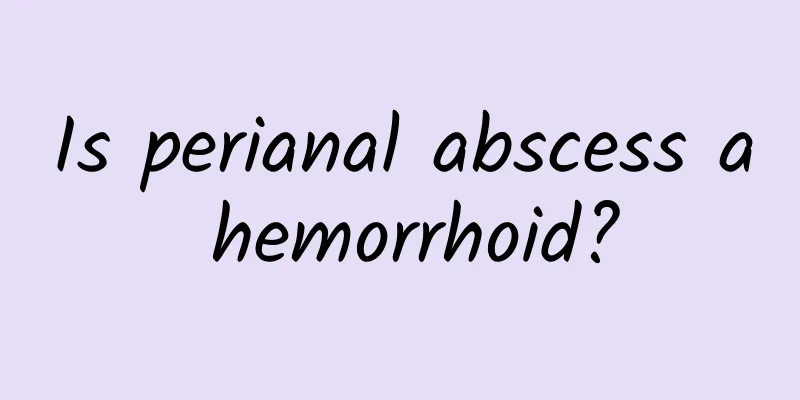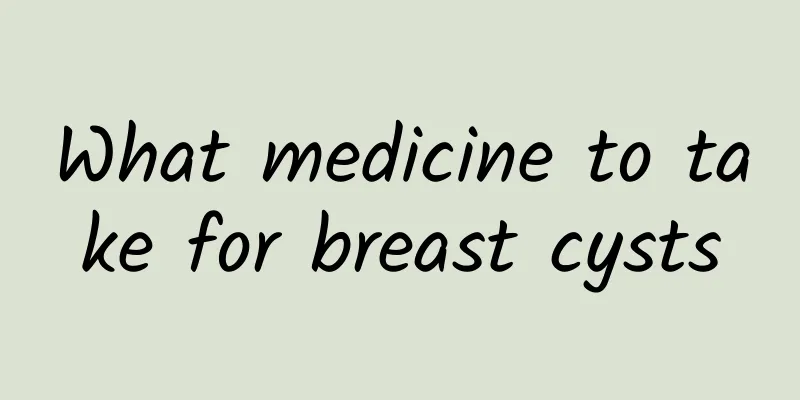What to do when sympathetic cervical spondylosis occurs

|
Symptoms of cervical sympathetic spondylosis need to be relieved in time to control the progression of the disease. It can be improved by adjusting lifestyle habits, taking medication, physical therapy, etc. At the same time, in severe cases, surgical intervention may be required. It is recommended to seek medical attention as soon as possible to make a clear diagnosis and prevent the disease from getting worse. 1) Understand the causes and symptoms of sympathetic cervical spondylosis This type of cervical spondylosis is caused by cervical degenerative lesions stimulating or compressing the sympathetic nerves, and is often manifested as dizziness, palpitations, tinnitus, throat discomfort, etc. The triggers usually include poor sitting posture, long-term head-down work, trauma, or improper sleeping posture. These stimuli can cause sympathetic nerve dysfunction and affect the normal activities of multiple systems. To determine whether you have sympathetic cervical spondylosis, you should undergo imaging examinations (such as X-rays, MRI, etc.) under the guidance of a doctor to determine the location and extent of the lesion. 2) Measures to relieve symptoms For milder symptoms, you can try the following: -Life adjustments: Maintain a correct sitting posture, exercise your neck regularly, and avoid bowing your head for a long time. Choose a pillow with good support when sleeping to maintain the natural curvature of the cervical spine. -Drug treatment: Under the guidance of a doctor, you can use nonsteroidal anti-inflammatory drugs (NSAIDs) to relieve pain and inflammation, or take vasodilators (such as nifedipine) to improve the problem of insufficient blood supply caused by abnormal sympathetic nerve function. - Heat and massage: Use a heat pack to heat the neck to promote blood circulation, and use gentle massage to relieve muscle tension. But be careful to do it moderately to avoid strain. 3) Medical interventions If symptoms persist for a long time and are severe, the following medical treatments may be considered: -Physical therapy: Traction or ultrasound therapy can be used to reduce the pressure on the cervical disc, relax the muscles, and restore the normal function of nerve conduction. -Blocking treatment: Local injection of analgesics or hormone drugs to block pain transmission by blocking nerves and relieve symptoms. -Surgical treatment: If conservative treatment is ineffective or the lesion causes severe compression of the nerves, minimally invasive surgery (such as discectomy) or cervical fusion can be selected to restore the normal anatomical structure. Surgery should be performed under the advice of a specialist after comprehensive medical history and imaging results. Sympathetic cervical spondylosis may lead to a decline in quality of life or even complications, and requires early standardized treatment. The condition can be effectively controlled through the development of good daily habits, scientific treatment methods and regular check-ups. Early diagnosis is the key, and the right medicine can avoid recurrence of symptoms and gradually restore health. |
<<: Causes and treatments of cystitis
>>: What is the cause of anal fissure in newborns and how to treat it?
Recommend
Urine occult blood 1+ what is going on
Urine occult blood 1+ usually means that trace am...
Is rickets and bone deformation serious at the age of 15?
The severity of skeletal deformation in 15-year-o...
How much does the surgery for perianal abscess cost in a tertiary hospital?
The cost of perianal abscess surgery in a tertiar...
The three most unacceptable fruits for gallstones
Patients with gallstones should avoid eating high...
Can patients with breast cysts eat bird's nest?
Patients with breast cysts can usually consume bi...
Causes of perianal abscess
Perianal abscess, this word sounds a little stran...
Can a minor perianal abscess be cured without surgery?
In the early stages, mild perianal abscesses may ...
Can I eat black beans if I have breast cysts?
Patients with breast cysts can usually eat black ...
How to prevent synovitis
As more and more people are suffering from synovi...
Is anal atresia serious in newborns?
Anal atresia in newborns is a serious congenital ...
Can I exercise more if I have kidney stones?
Patients with kidney stones can exercise moderate...
Can a breast cyst be ruptured?
Breast cysts usually do not rupture due to slight...
How many years can you live with gallstones?
Gallstones do not directly affect life expectancy...
What are the symptoms of intestinal obstruction?
The symptoms of a bowel obstruction are often qui...
Will a child's perianal abscess heal on its own?
Children's perianal abscesses generally do no...









